The Instant Pot has gained a lot of popularity in previous years as it is such a convenient way of making healthy meals with few dishes and minimal time, but are you using it to its full capacity? Here are 11 Instant Pot tips, tricks & hacks that show you the full range of the Instant Pot, as well as some information about my new Instant Pot ebook.
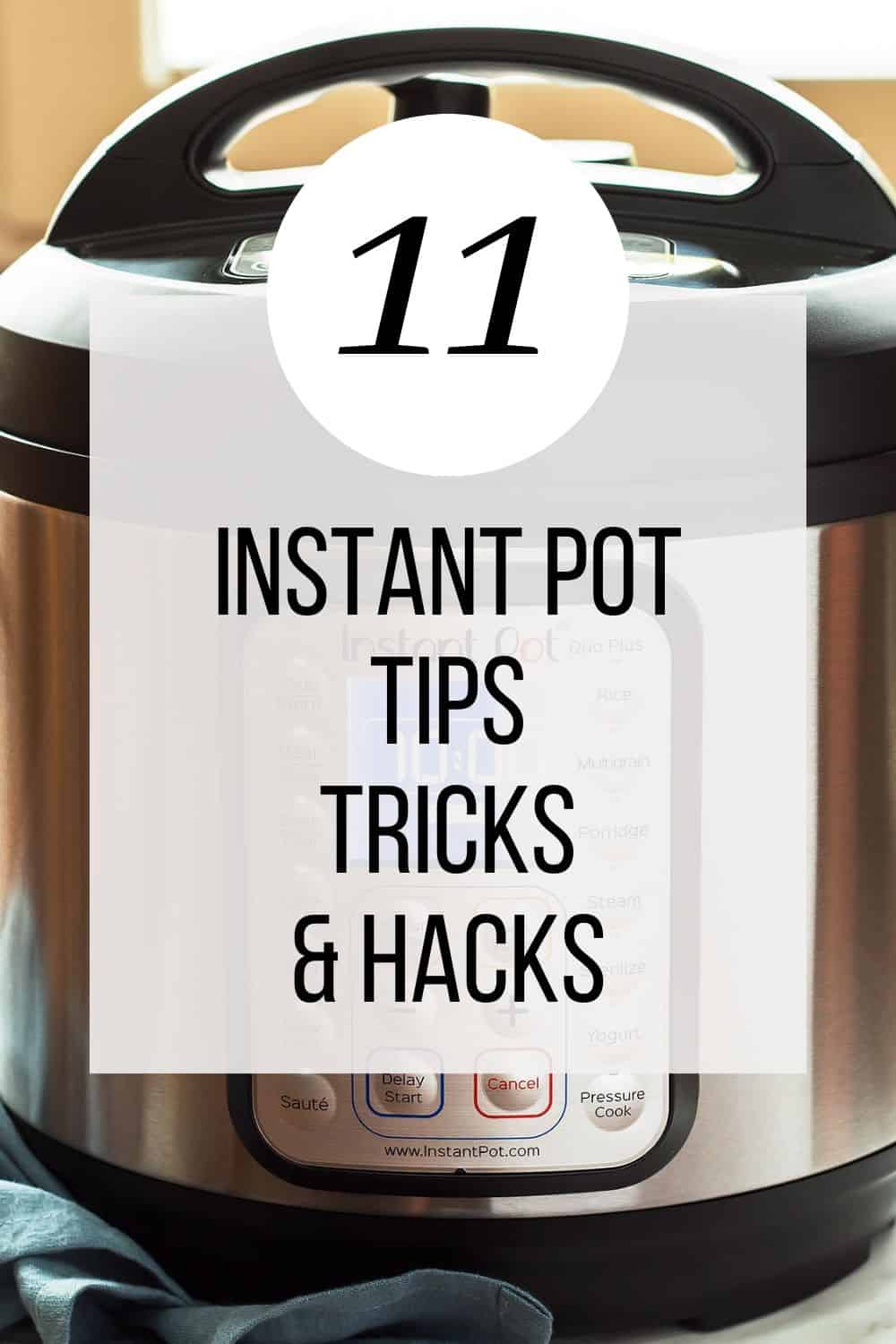
About My Instant Pot Recipe Book
"Best Instant Pot Recipes" is a compilation of recipes that are wonderful for both experienced and inexperienced cooks. It is now available on my website for download, containing many vibrant images of various Instant Pot recipes. Each recipe in the book also includes a detailed video tutorial to guide you through the entire cooking process. This is particularly wonderful if you haven't used an Instant Pot before and would like to see the recipes made before your eyes.
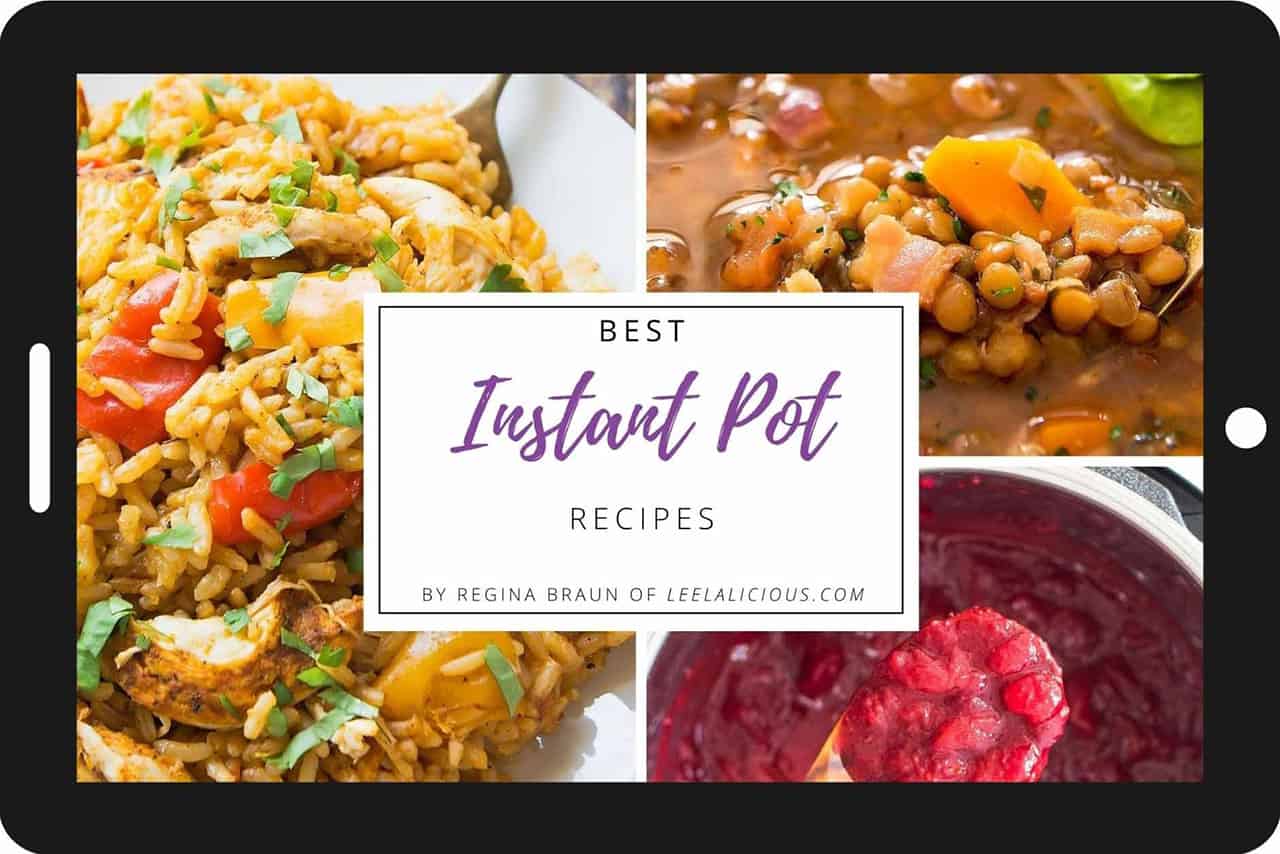
This interactive recipe collection features all of the best and most popular Instant Pot recipes from this blog as well as completely new recipes. These recipes include main dishes like Chicken Noodle Soup, Borscht, Pot Roast and Potatoes, Mexican Lentil Soup, and Honey Sriracha Chicken, and side dishes like acorn squash, garlic mashed potatoes, and Brussels sprouts.
As you are used to with my other recipes, this ebook features mostly minimally processed whole food ingredients. Additionally, all of the recipes are gluten and dairy-free or include some easy adaptations to help you make them suitable for your diet. Here are 11 Instant Pot tips you can use as you make recipes from my ebook or other Instant Pot recipes that you enjoy.
11 Instant Pot Tips Tricks & Hacks
1. How to Successfully Close the Instant Pot Lid
Sometimes, the Instant Pot lid can be challenging to close. However, it is quite easy once you know how. There are little arrows on both the pot and lid of the Instant Pot. If you line those up, the Instant Pot lid will close automatically on the first try.
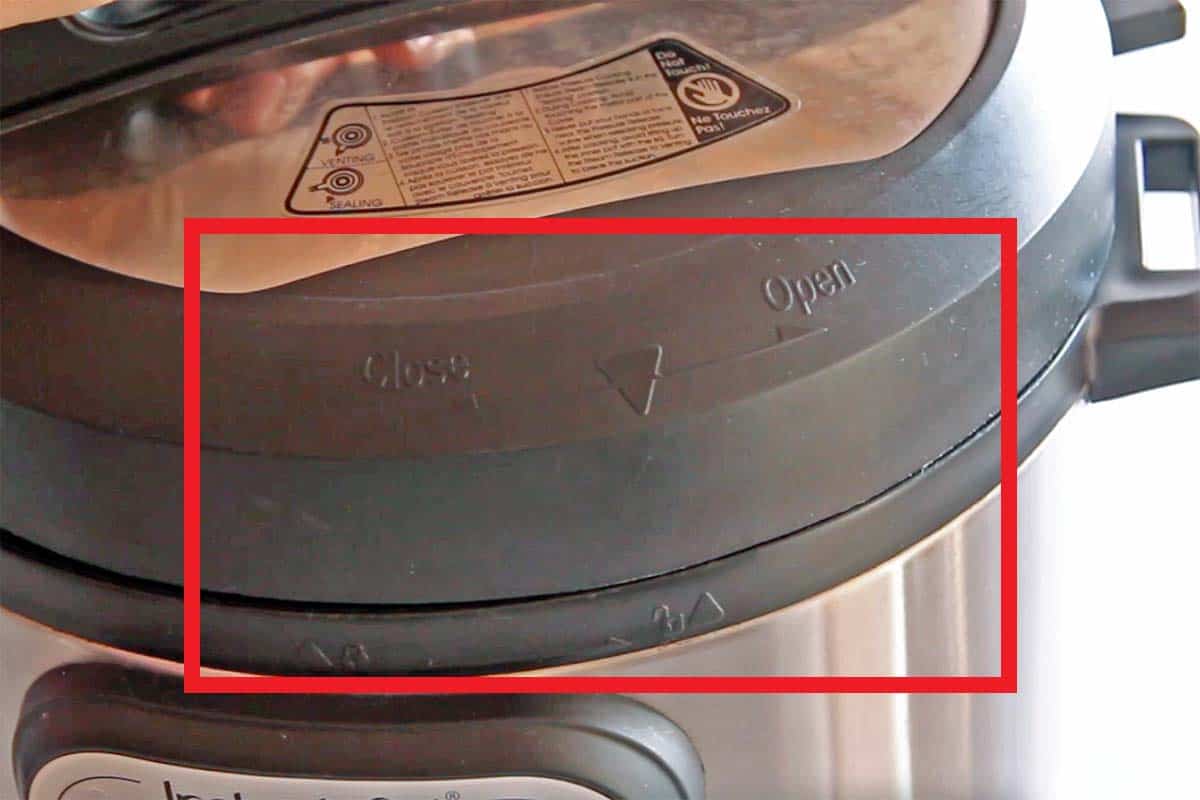
2. How to Safely Open the Instant Pot After Pressure Cooking
A challenge with the Instant Pot after having the lid on during pressure cooking is that it can produce a lot of steam. To protect yourself when you remove the lid, open the lid first on the opposite side of the pot from you.
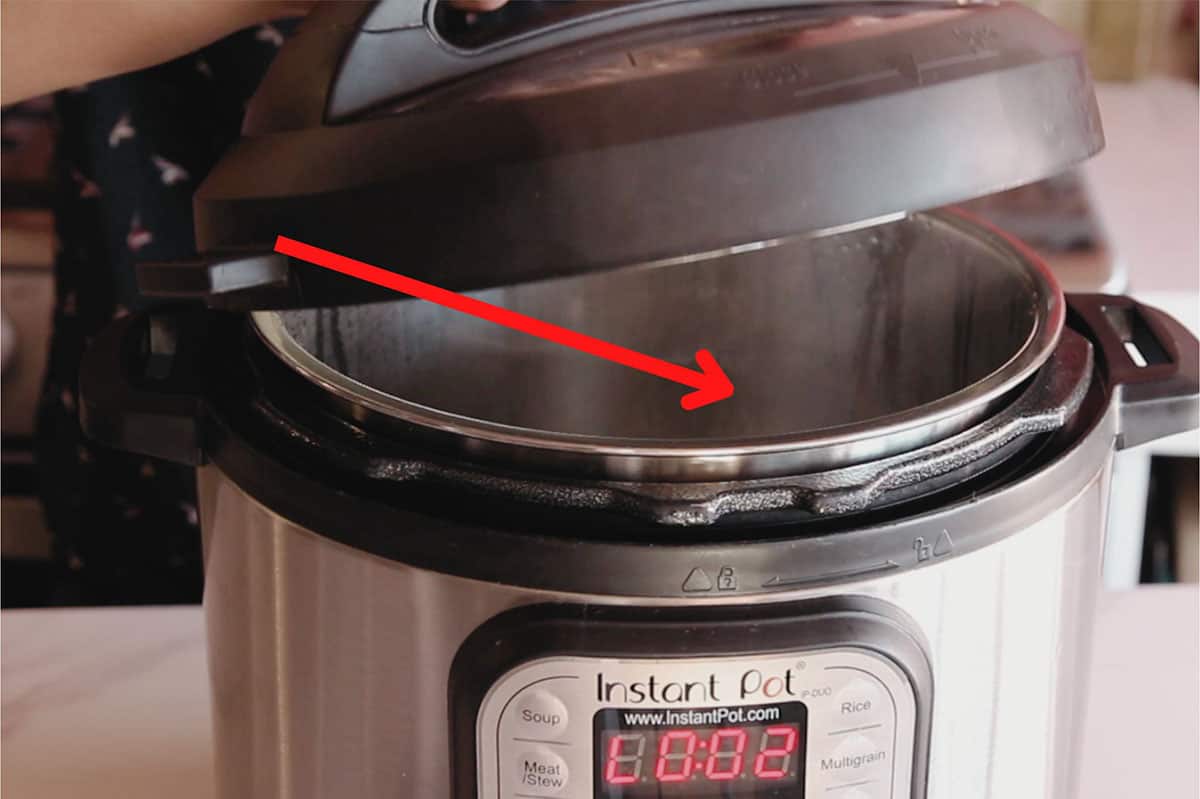
3. Eliminating Condensation
One challenge with the Instant Pot is the production of condensation, however, the Instant Pot contains a plastic contraption on the back that collects condensation during the cooking process. Be sure to check on the condensation collector regularly in order to remove any liquids that it collects. Then, you can clean it and place it back on the Instant Pot for the next time you cook.
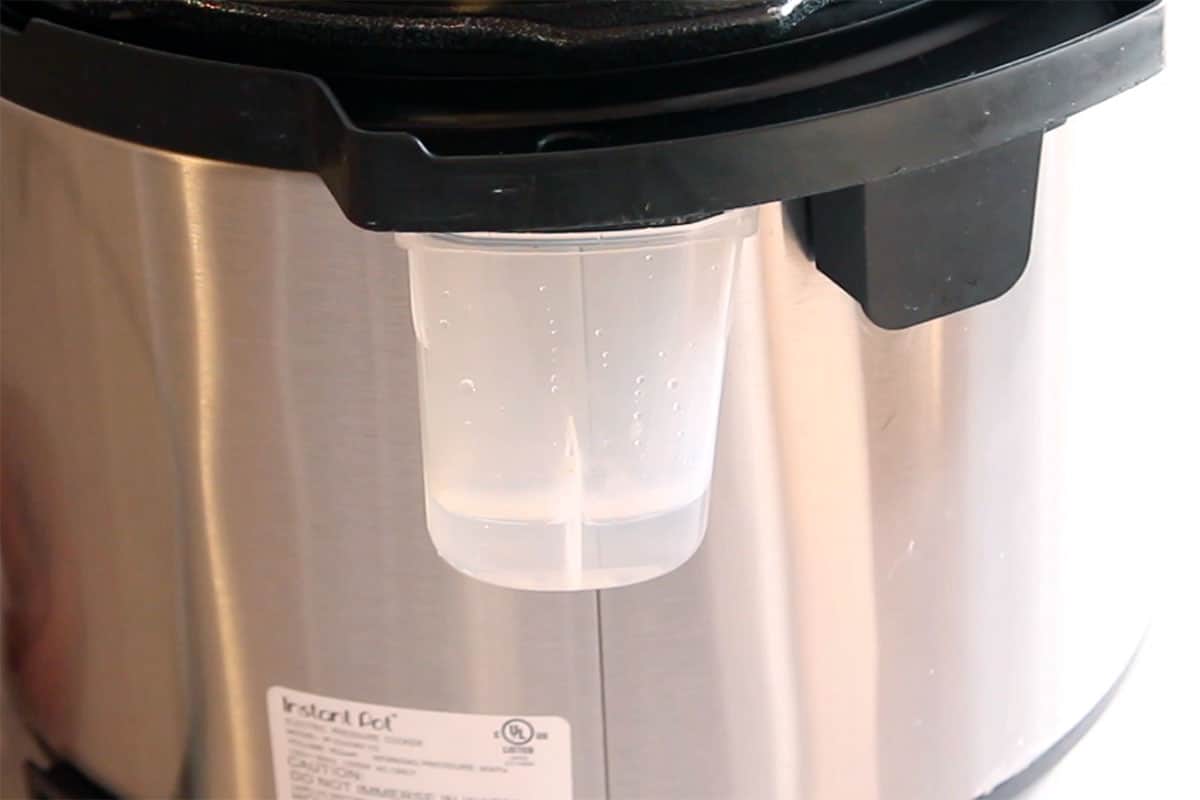
4. How to Safely Place Your Lid and Eliminate Condensation on Counter
Sometimes when using the Instant Pot, you may need to remove the lid from the appliance so that you can stir the food you are making. In this case, rather than setting it on the counter and leaving a ring of condensation on the surface to clean up later, you can attach the lid to the side of the Instant Pot by placing one tab at the edge of the lid into the opening of one handle on the side of the pot.
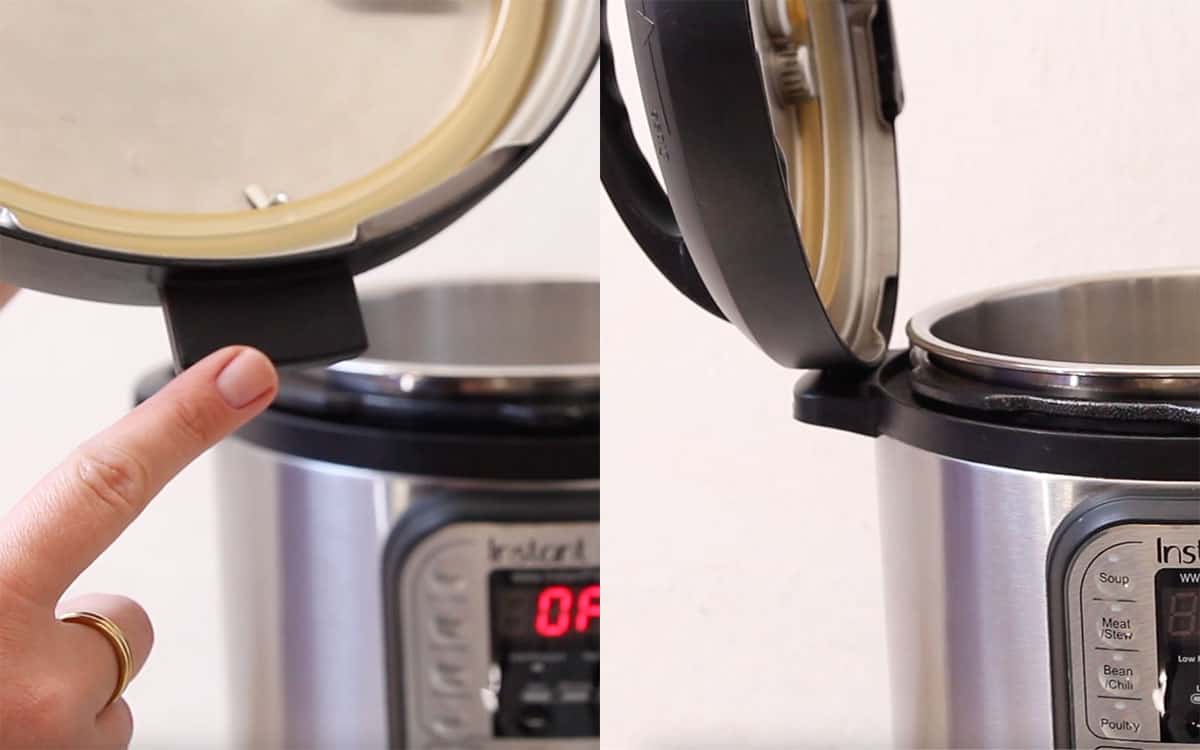
5. Eliminating Smells
If you've ever felt like certain smells linger in your Instant Pot forever and are difficult to omit no matter the amount of cleaning and scrubbing you do, here's the best way I've found to reduce lingering odors. Simply clean the Instant Pot thoroughly as you normally would. Then, place the lid on top of the pressure cooker with the bottom facing upwards. This will give the lid and seal a chance to air out before the next time you cook.
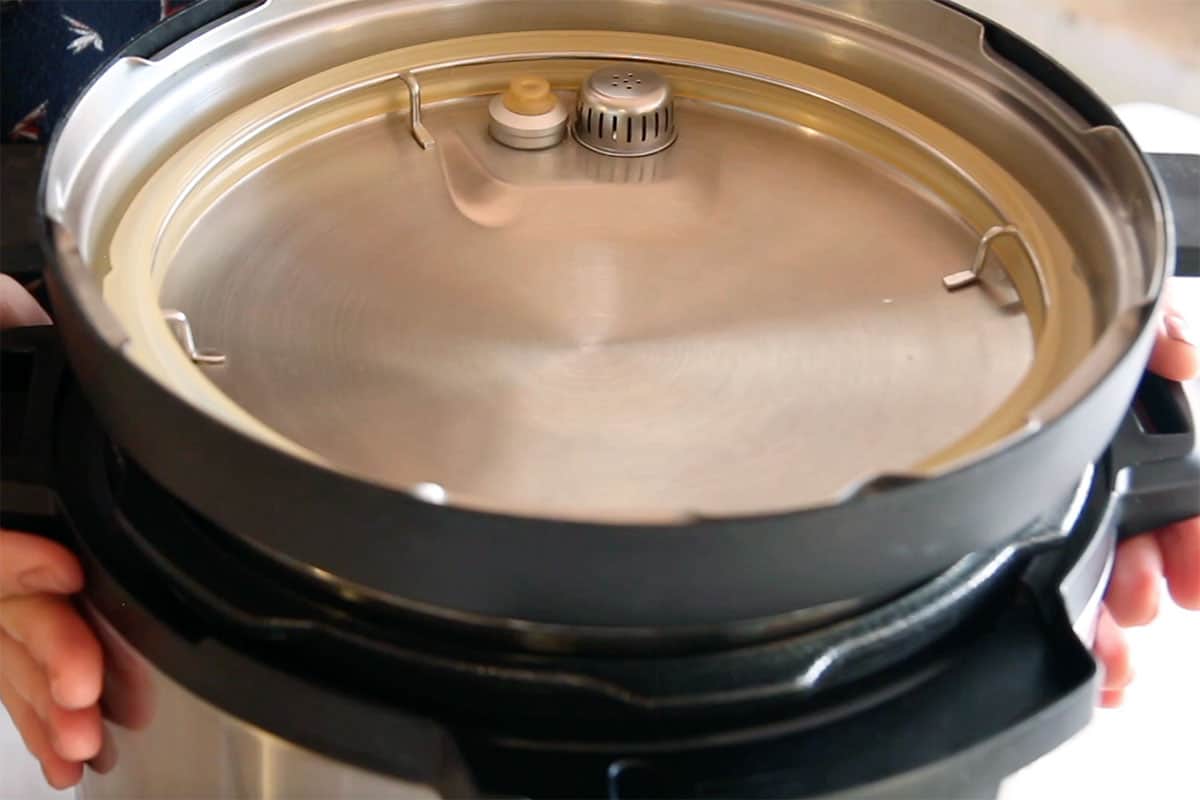
6. Storing Leftovers
The Instant Pot is perfect for cooking larger quantities that you can eat for several days, but then you need to figure out how to store the leftovers. Luckily, the inner liner of the Instant Pot is a wonderful vessel for storing food as long as you won't need to use the Instant Pot again for a few days. To store food in the Instant Pot liner, simply place an Instant Pot lid or another pot lid on top of the liner before placing it in the fridge. However, a plate will also work to cover the vessel if you don't have the correct sized lid.
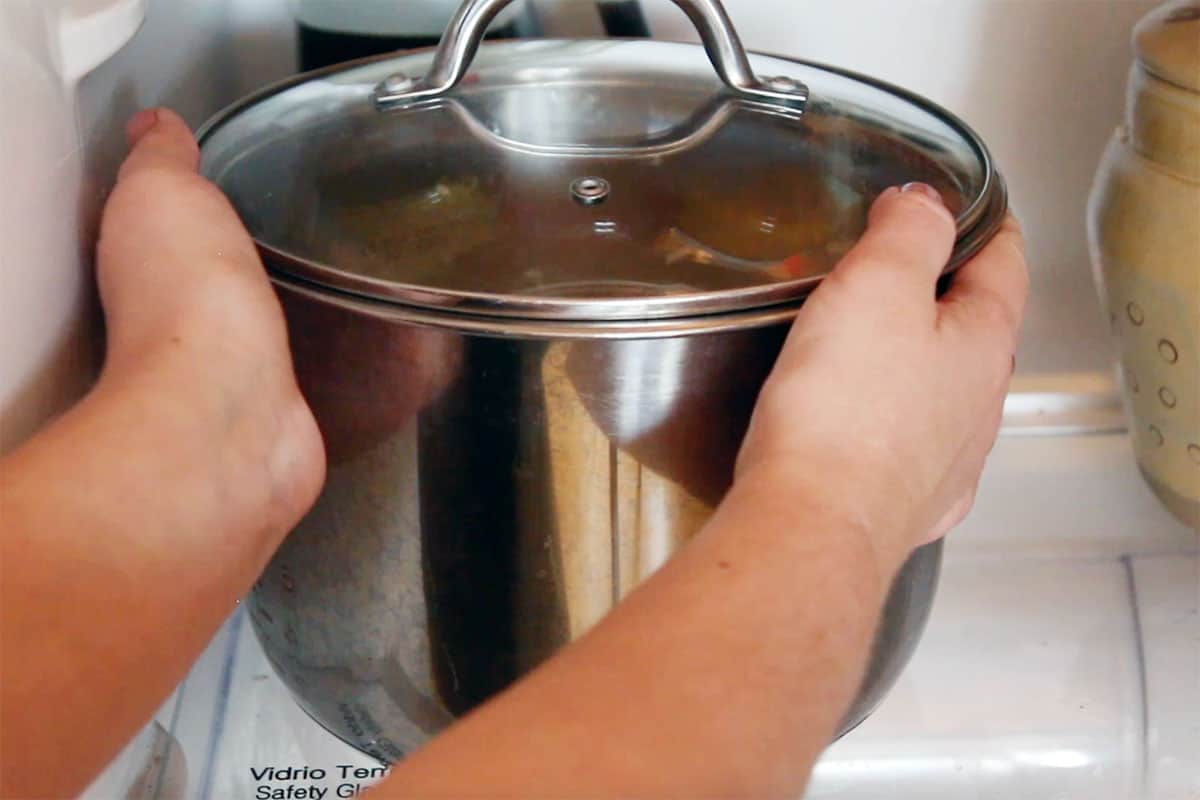
7. Reheating Leftovers
To reheat leftovers, you can place the liner with the food inside the pressure cooker and reheat them, while stirring them, on the Sauté function. However, there are certain scenarios where you may not want to reheat your food in this manner or you may need to use your pressure cooker for something else. In this case, you can place the Instant Pot liner on the stove to gently reheat since it has a thick heavy bottom that can hold up to the direct heat of a stove. Just be mindful to wear oven mitts or silicone gloves when handling the liner as it does not have any handles and comprises stainless steel.
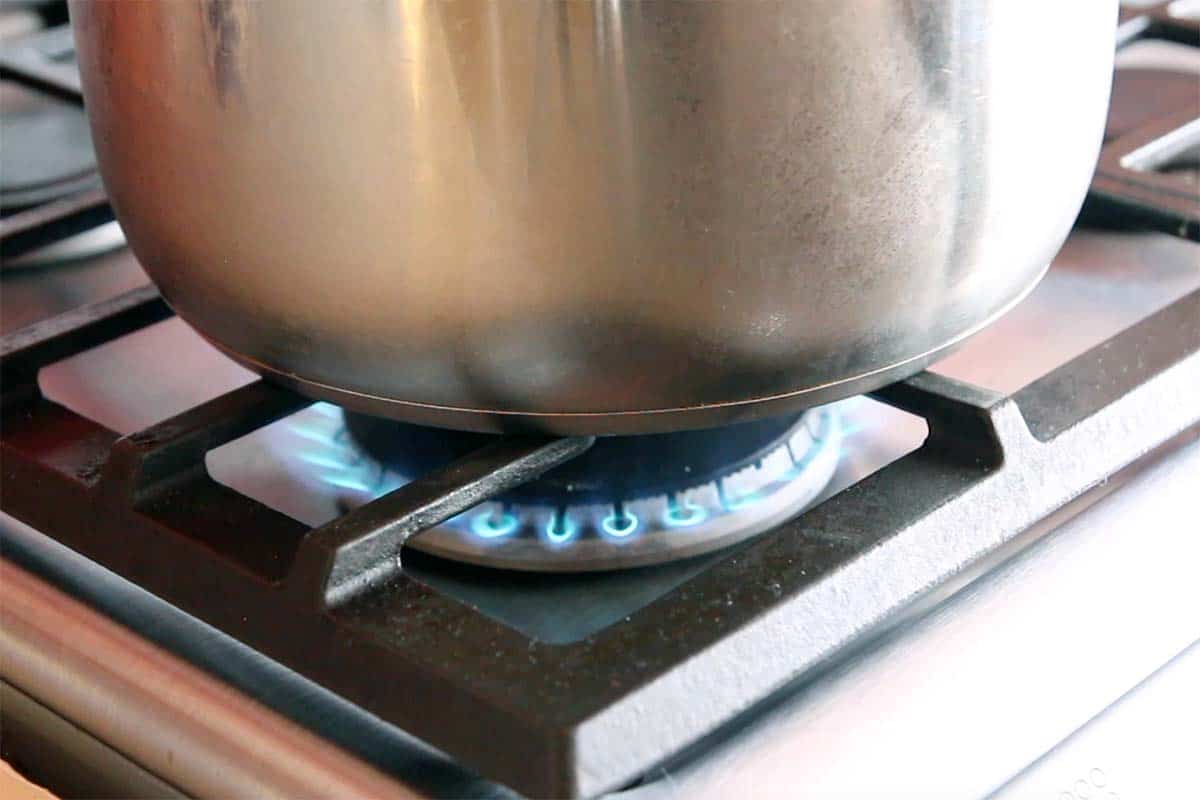
8. How to Make the Instant Pot Liner Shiny Again
After frequently using your Instant Pot, you may notice that despite your best efforts to clean the pot, it isn't as shiny as it used to be. To make it shiny again, you can clean it with either Barkeeper's Friend or baking soda and a non-abrasive scrubber to polish the stainless steel back to its original shine again.
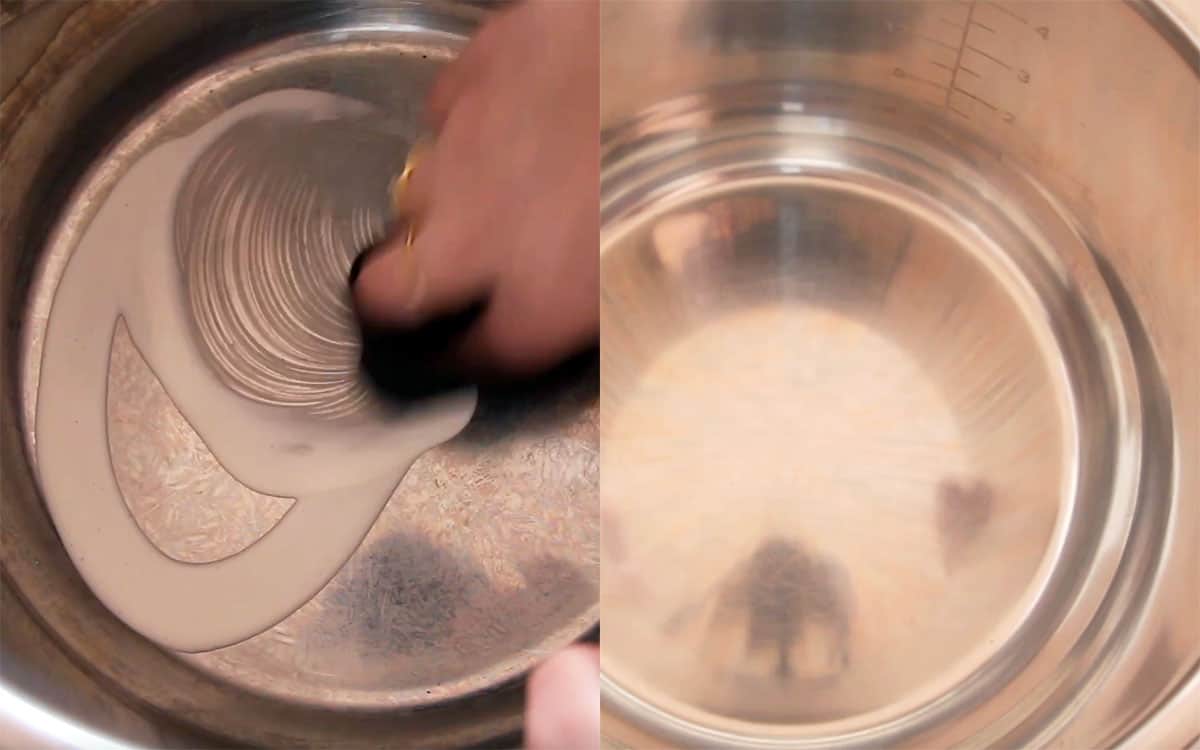
9. Cooking More than One Thing at a Time
There are two methods you can use if you would like to make more than one thing at a time in your Instant Pot. The first is the two-in-one pressure cooking method in which you can place a trivet or steaming basket on top of whatever you are cooking in the bottom. For example, if you would like to cook some rice in the bottom of your Instant Pot, you can place potatoes, eggs, or vegetables on top to steam at the same time. In this case, you will have two foods prepared for your meals.
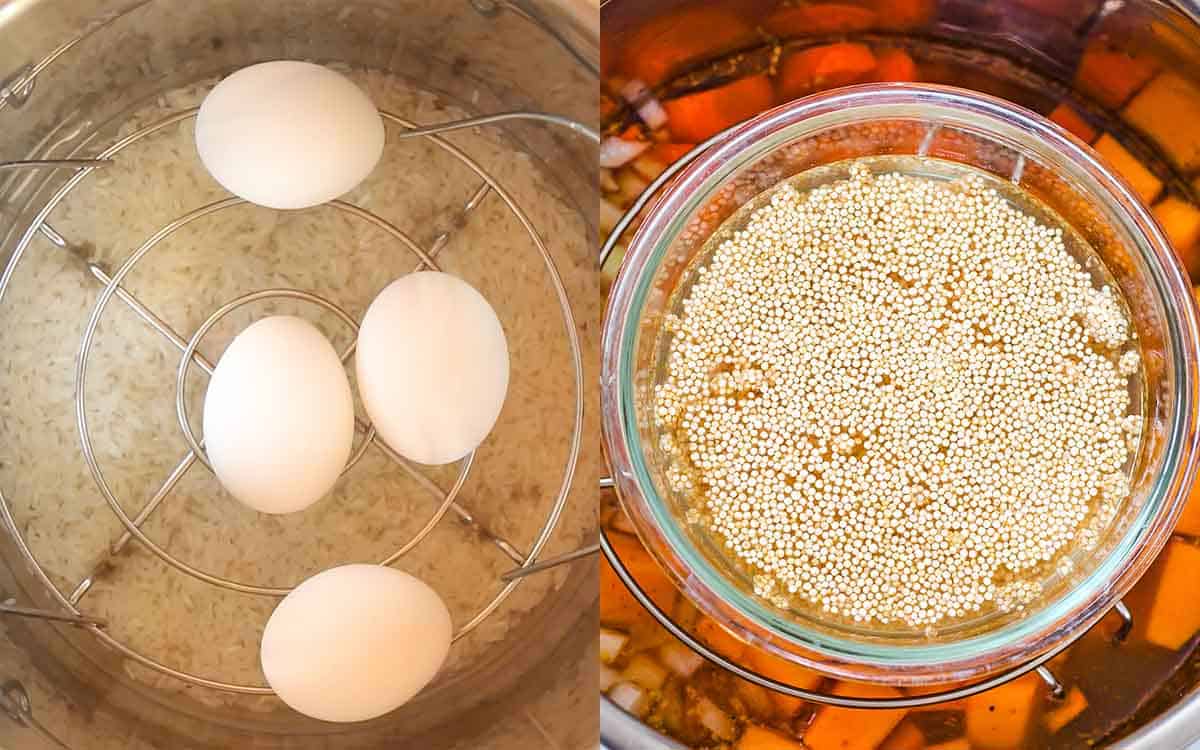
The other method of cooking more than one food at a time is the pot and pot method in which you can place an oven-safe glass or ceramic bowl on top of whatever you are cooking on the bottom. For example, if you are making a butternut squash soup in the bottom, you can place a bowl on a trivet with some quinoa and water to cook on top.
10. How to Adjust Heat Levels
The Instant Pot has a Sauté function in which you can adjust the heat depending on what you are cooking. Simply select the Sauté button followed by the Adjust button to move between heat levels.
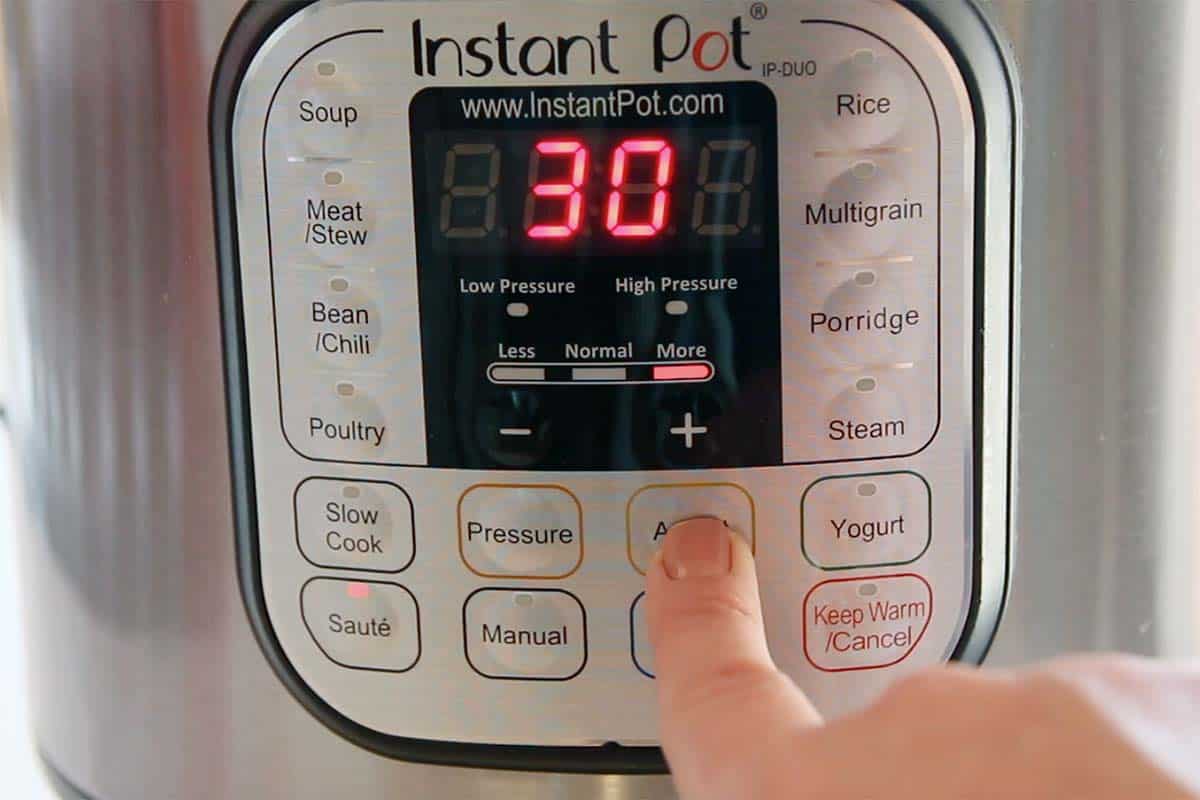
11. How to Use the Incubation Function
The incubation function is ideal for making yogurt but it works well for other things as well. I find it reduces the time it takes for yeasted dough to rise by at least half of the usual time and sometimes even a third of the time.
Another use for the incubation function is for sprouting beans and lentils before you cook them. To do this, add the soaked beans to a steaming basket inside the pressure cooker on the incubation setting. Sometimes it may only take a few hours before you will see some sprouts starting to grow. For food safety reasons, I only do this with beans and lentils that I'm going to cook after sprouting. I don't recommend that you eat them raw in case of mold or spore growth.
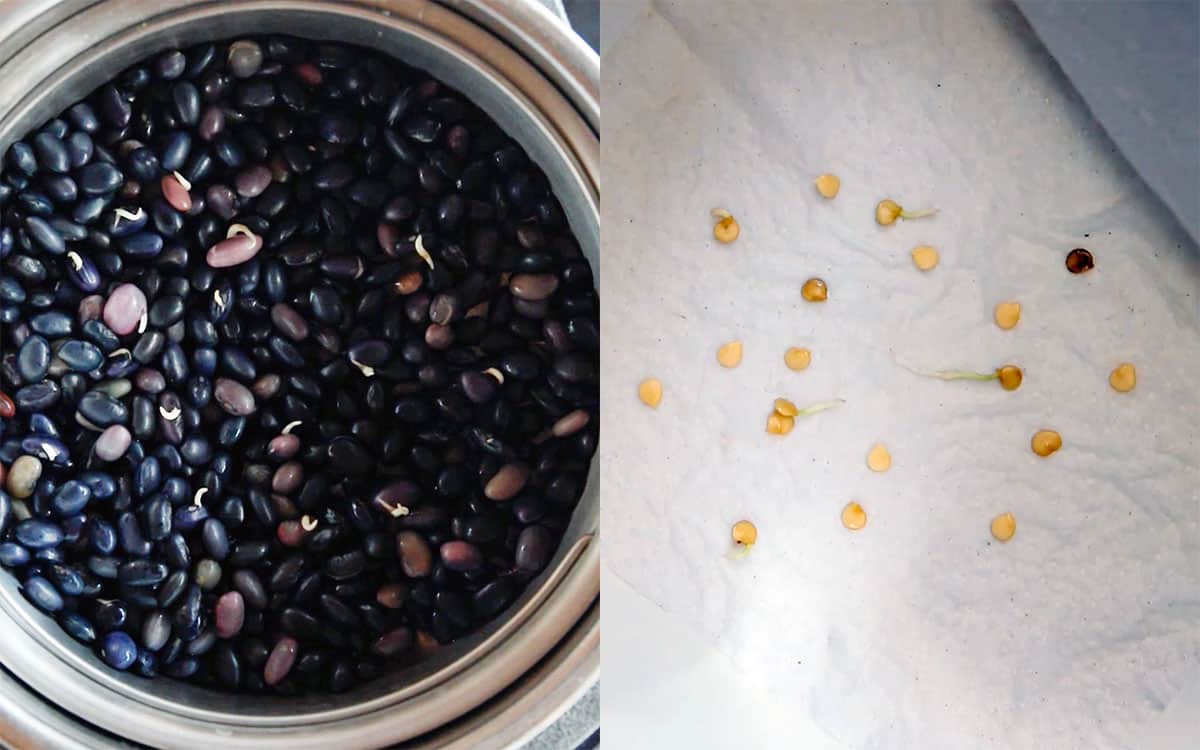
If you are an avid gardener, you can use the incubation function to start your seeds that you're going to plant in the garden. For this, you can sprinkle your seeds on a moistened paper towel on a plate on a trivet inside the pressure cooker. Then set the pressure cooker on the incubation function until your seeds have germinated.
Using These 11 Instant Pot Tips
These Instant Pot tips are wonderful whether you would like to make any of the recipes from my "Best Instant Pot Recipes" ebook or if you already have a tried and true collection of Instant Pot recipes to enjoy. Feel free to comment to let me know which is your favourite hack or if you have any tips of your own that I did not list here.
Pin for later?
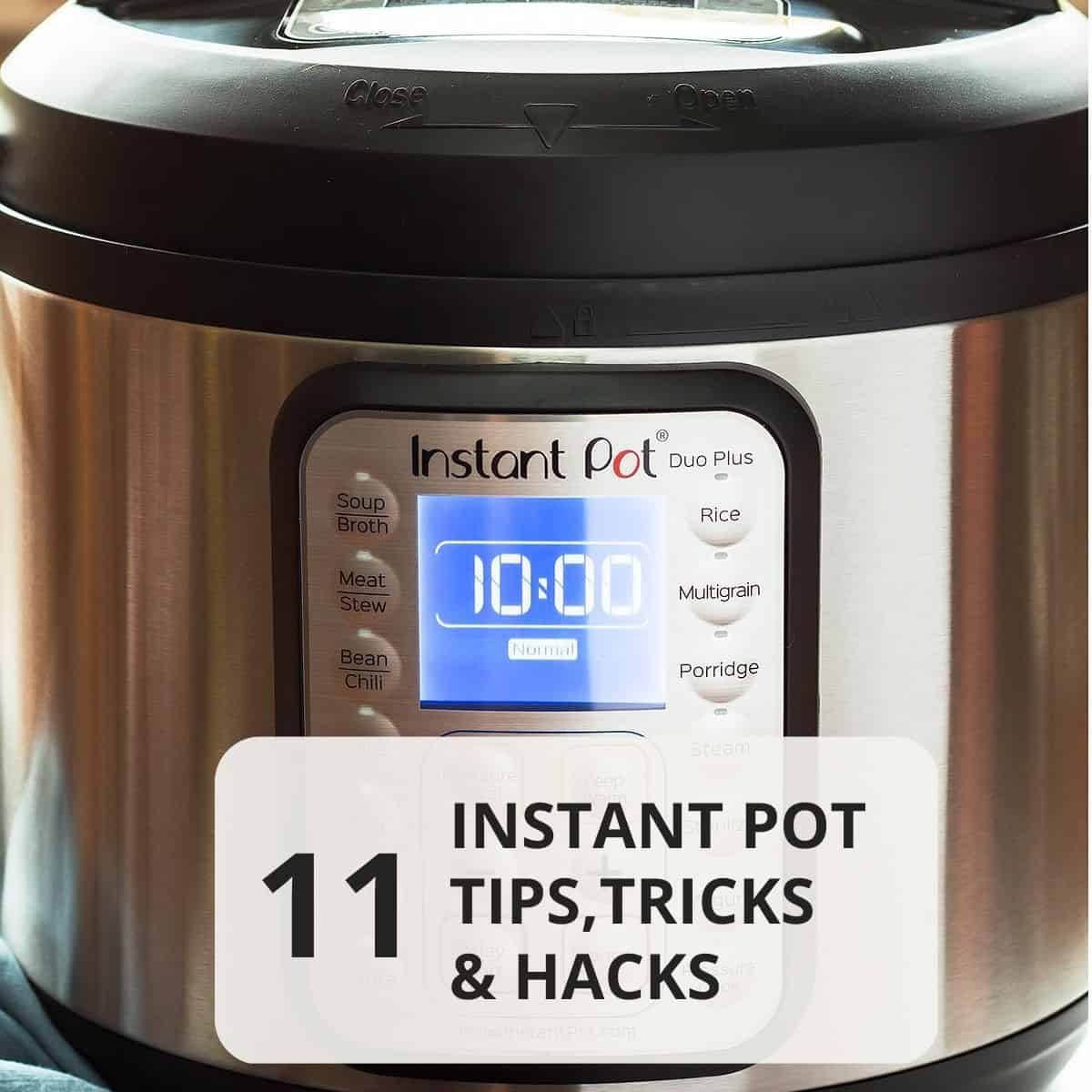
Random Questions
To make the most of your Instant Pot, learn its features like sautéing, pressure cooking, and adjusting heat levels. Master lid closure and opening, eliminate condensation, and store leftovers in its liner.
Avoid dairy, flour, thickeners, and excessive foaming ingredients to prevent clogging the steam release valve. Extremely starchy foods may also pose issues.
Yes, you can use oil, but it's best to add it when sautéing or as needed for your recipe. This prevents oil from overheating and sticking to the pot.
The 35 minutes is a suggested pressure cooking time for certain recipes, but it can vary based on what you're cooking. Always follow your specific recipe's instructions.


Leave a Reply